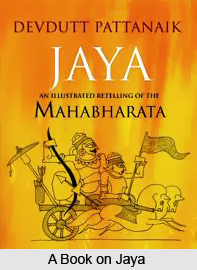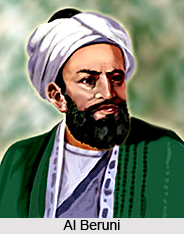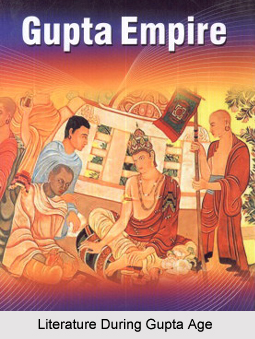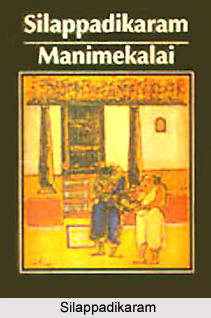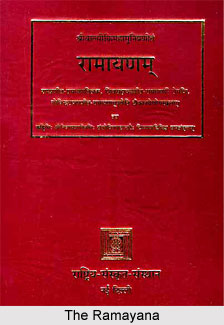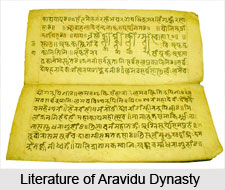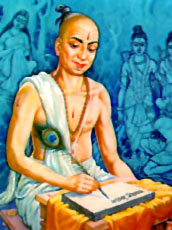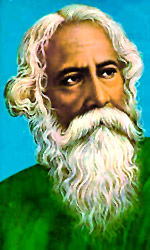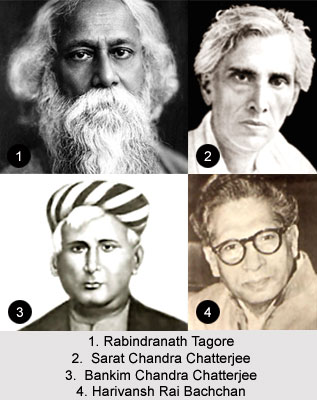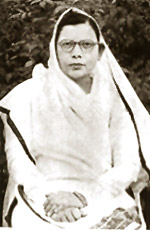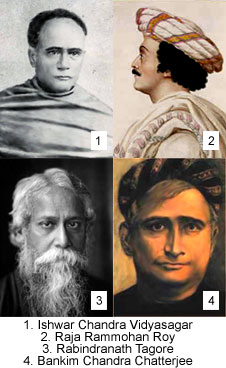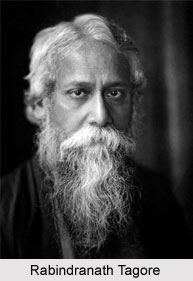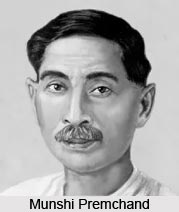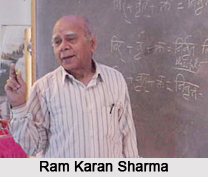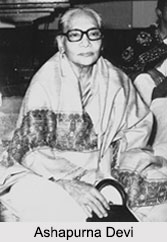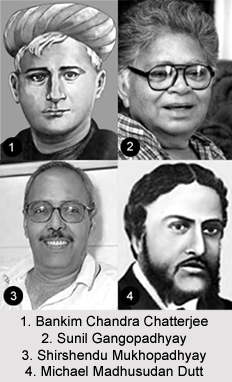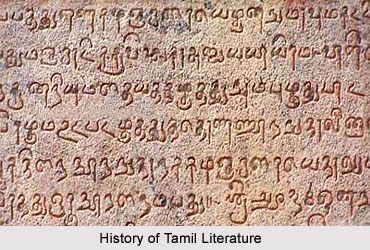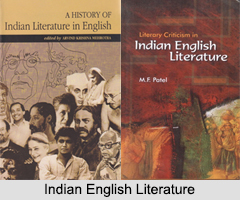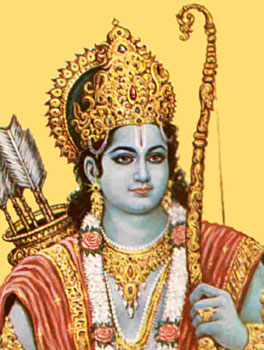 Haridas is said to be the propounder of the Niranjani Sampraday. He was a Rajput of the Sankhla clan of village Kapdod. Didwana is the main seat of his Sampraday. He was said to have been a dacoit, and, by precept of some sadhu, he renounced the world in 1499. Brahma absolute or Brahma bereft of Maya is called Niranjan. The upasana of only Nirakar Niranjan is accepted. The name Haridasji has laid emphasis on namjap also. Ram is a synonym for Niranjan. Elements of yog and love are equally important in his poems. Senses should be pacified by love, and not suppressed. Mental discipline is essential to achieve siddhi, for which he has preferred pran-sadhana, hence his reference to yog. Thus, Nirgun bhakti and yog are the means of self-realization. Haridas Niranjani does not believe in the Incarnations and idol-worship.
Haridas is said to be the propounder of the Niranjani Sampraday. He was a Rajput of the Sankhla clan of village Kapdod. Didwana is the main seat of his Sampraday. He was said to have been a dacoit, and, by precept of some sadhu, he renounced the world in 1499. Brahma absolute or Brahma bereft of Maya is called Niranjan. The upasana of only Nirakar Niranjan is accepted. The name Haridasji has laid emphasis on namjap also. Ram is a synonym for Niranjan. Elements of yog and love are equally important in his poems. Senses should be pacified by love, and not suppressed. Mental discipline is essential to achieve siddhi, for which he has preferred pran-sadhana, hence his reference to yog. Thus, Nirgun bhakti and yog are the means of self-realization. Haridas Niranjani does not believe in the Incarnations and idol-worship.
The poems of Haridas Niranjani were quite large in number; consisted of angas (topics), padas and stray verses such as kavitt, kundaliya and cand-rayan. Up to the end of the 17th century, the original thought and sadhana were maintained and propounded but from the 18th century onwards, the poets were gradually influenced by Vedant and Sagun bhakti of the Vaishnavas, Thus, this sampradaya later on lost its original character. Temples were built and the worship of idols of Lord Rama and Lord Krishna began. `Mala` and `tilak` became popular among the sadhus.
The language of Haridas and other poets of his tradition is not Rajasthani as such, but a mixed form of easy Rajasthani, Braj and sometimes Khadi Boli. Some of the notable poets of the Niranjani Sampraday were Turasidas, Jagjiwandas, Dhyandas, Naridas, Sewadas, Bhagawan Das, Manohardas and a lot more.
Turasidas was a contemporary of Haridas. He and Sewadas are well known for the large number of their compositions. Turasi`s poems consisted of sakhis, padas and stray verses on miscellaneous topics concerning the Nirgun bhakti with accent on upasana of Nirgun, Niranjan. The padas recorded the mystic experiences, tranquillity, entreaty and warnings of the poet. His expression is natural and simple and the language used is easy.
Jagjiwandas is believed to be a disciple of Haridasji. His poems Chitavani, Prem Nam and a few of his padas celebrate love, Niranjan upasana and certain precepts.
Dhyandas`s Gun Maya Samvad, Gunadi Bodh and candrayans are still available. His poetry is didactic and the language heavily inclined towards Rajasthani. Naridas, of Fatehpur was the disciple of Haridasji. He had composed around 1200 padas. The padas are didactic in nature and depicts his emotions in an effective manner.
Sewadas`s poems have recorded his experiences and preaching, and consist of sakhis (dohas), padas and stray verses such as kundaliya, chappay, savaiya and candrayan. His contribution to the Sant poetry is remarkable.
Bhagwandas Niranjani was a scholar and a poet. With his poems begins a deviation from the original form of the Sampraday. He is more inclined towards Vedant and the Sagun Bhakti. His extant poems are: Amritdhara, Kartik Mahatmya, Gita Mahatmya, Vairagya Vrnd, Jaimini Aswamedh, Prem Padarth, Adhyatma Ramayan, Pancikaran, Sinhasan Battisi and a few stray verses. Their language is easy and simple.
Manohardas Niranjani, a contemporary of Bhagwandas, was a great scholar of Vedant. Almost all his works deal with Vedant and allied topics. They are: Gyan Manjari, Vedant Paribhasa, Sat Prasnottari, Gyan Vacan Curnika and Saptabhumika Gyan Manjari. Some of his poems were in verse style and the rest were in campu style.
Hariramdas was a versatile scholar. His compositions are also important from the point of view of poetic beauty and history. They are: Chand Ratnawali, Parmarth Satsai, Maharaj Haridasji kl Paraci and many stray verses. His favourite metre is kundaliya. Sar Sangrah is an anthology of the, poems of many poets, mainly of the Niranjani tradition.
